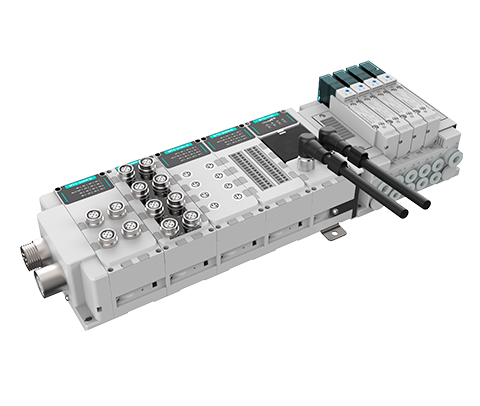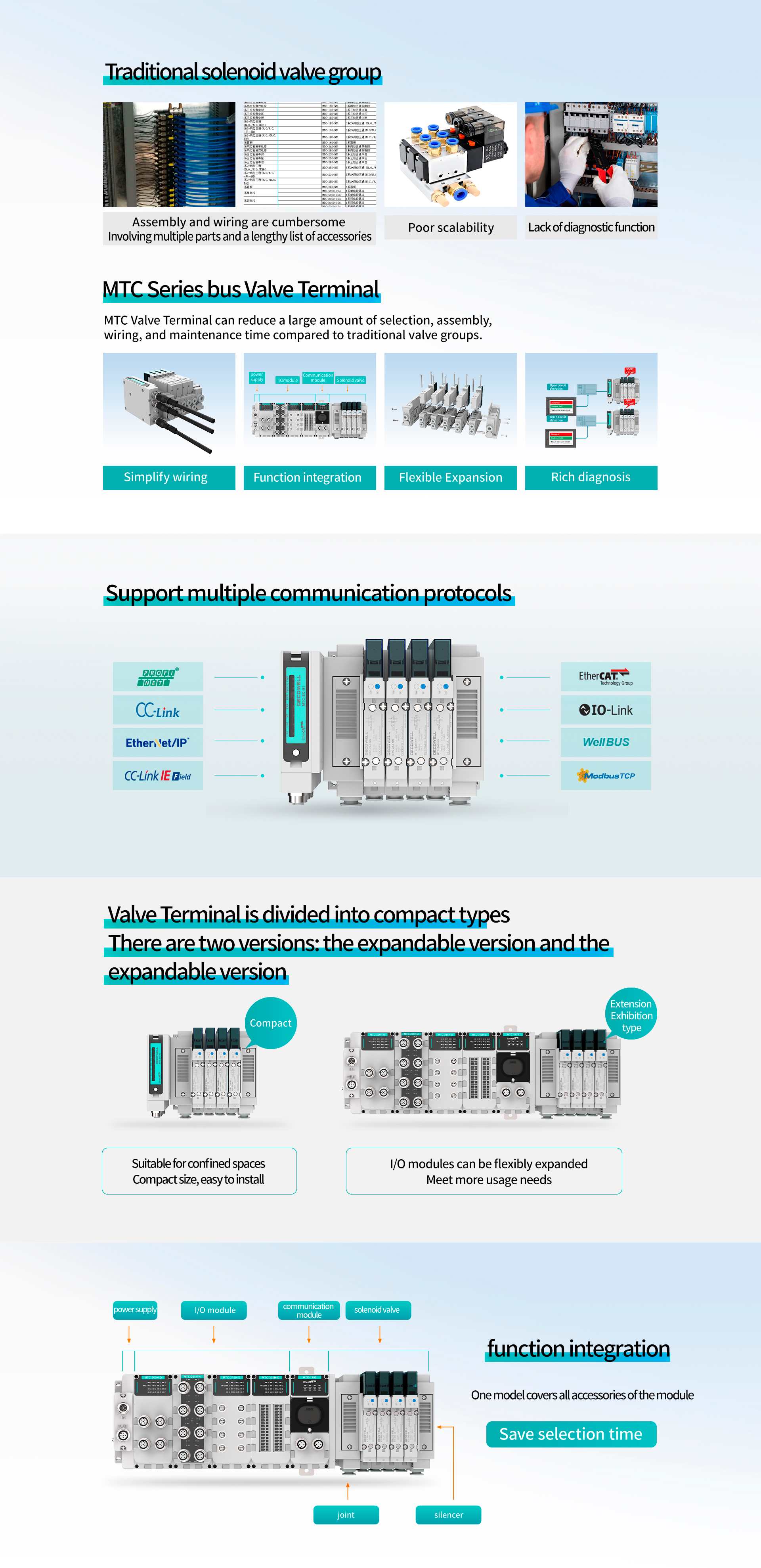Introduction: Why Valve Terminals Matter
Imagine this—you’re in the middle of a critical manufacturing process when suddenly, a valve fails. It’s infuriating, right? Studies show that preventable equipment failures can cost companies thousands of dollars each year. Now enter the modern valve terminal, a game-changer in automation technology. The solenoid valve terminal is here to minimize these disruptions and keep your operations running smoothly.

Body: Unpacking the Valve Terminal Technology
Flaws of Traditional Solutions
Traditional valve solutions often suffer from slow response times and cumbersome wiring, leading to delays. Why do these legacy systems still hang around? Maintenance requires man-hours that companies can hardly spare—plus, the constant need for replacement parts creates a budgetary headache.
New Technology Principles
Now, let’s talk about innovation. The latest valve terminal units are designed for quicker, more efficient functionality, integrating seamlessly with modern technologies. They support advanced protocols like IO-Link, which allows for smart communication between devices. This isn’t just a cool techie bonus; it helps detect potential failures before they disrupt production. Think about it—less downtime equals higher output and profit.
Quantified User Benefits
Users can expect reduced costs and improved reliability—products featuring valve terminals tend to last longer and require less servicing. Simply put, companies utilizing these terminals have reported a decrease in unexpected failures by up to 25%. The numbers speak volumes!
Conclusion: Evaluating Your Valve Terminal Options
Always verify these 3 metrics when choosing solutions: ① Compatibility with your existing system, ② The ease of maintenance, ③ Manufacturer’s support and reliability. By keeping these in mind, you’ll ensure that you’re investing in the right technology to enhance your operations.

Solenoid Valve Terminal: Enhancing Performance
When it comes to automation, the solenoid valve terminal plays a crucial role in ensuring that your devices operate in sync. It acts as the nerve center for managing fluid controls, which is indispensable for industries ranging from manufacturing to pharmaceuticals. These terminals come equipped with features like diagnostics and real-time feedback, making troubleshooting a breeze. So, if you’re looking to reduce downtime and enhance operational efficiency, it stands to reason that a solenoid valve terminal should be at the heart of your automation strategy.
Valve Island System: The Future of Automation Solutions
Moreover, integrating a valve island system can take your operations to the next level. These systems centralize control, allowing multiple valves to be managed from one endpoint. This setup drastically reduces wiring complexity and installation time—why deal with spaghetti-like connections when you can have everything neatly organized? Plus, with features like modular designs, scaling your setup to meet growing demands becomes an easy task. When you think ‘smart automation,’ make sure a valve island system is part of that conversation.
Conclusion: Trust DECOWELL for Supply Advantages
In a landscape filled with options, choosing the right valve terminal and related technology can be overwhelming. That’s why trusting a reliable manufacturer is crucial. For superior quality and unrivaled supply advantages, look no further than DECOWELL—they stand ready to provide the excellent valve terminals you need to future-proof your operations. Make the smart choice now, and watch your efficiency soar!
